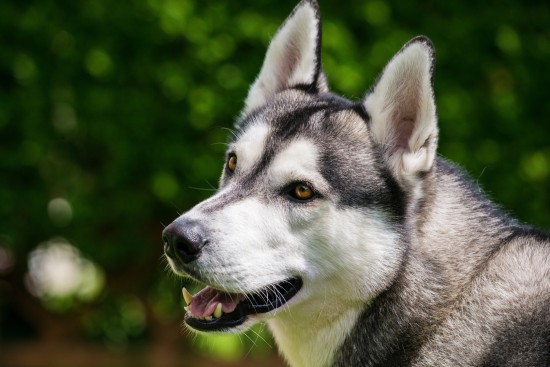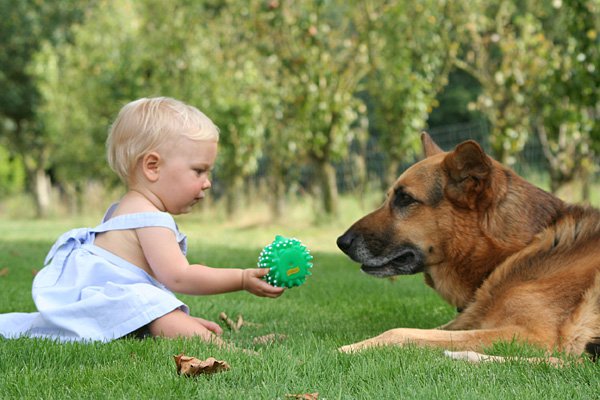Description: The Silky Terrier is something of a low set dog, with small bones and a tail nearly as long their body, although this is commonly docked, except in Europe where the practice of docking is illegal except for medical reasons. Whilst these dogs are short their hair is quite long reaching most of the way to the ground. Standing some 9-10 inches tall and weighing 8-11 pounds, with the male dogs being slightly larger than the female bitch. Their hair is a single coat and some five to 6 inches long, and can come in a variety of shades of red, blue, or tan, and is traditionally with a centre parting.
History: The Silky Terrier was first bred by crossing the Australian Terrier with the Yorkshire terrier, in the late 19th century. The reason behind this breeding was to improve the colour of their coat. The Australian Terrier and silky Terrier were considered of the same breed, in 1955 it came about that the breed was separated, and the silky Terrier of today was officially born. The AKC first recognized this breed in 1959. However, a standard was not set until 1962, and in 1967 the standard was updated. Originally bred to be a pet only, they are very swift and have been known to hunt and catch rodents.
Temperament: Whilst being intelligent, sociable and affectionate, the Silky Terrier breed is surprisingly courageous for its size and being sturdy, may well surprise you as to what they will stand up against. They are quite clever and active, and for their size can put on a relatively good turn of speed. They are quite happy diggers, and love to be part of all the activities in the home. Training is essential and you need to assert yourself over your dog in a firm and gentle manner, or small dog syndrome will be your price. Very good with small children, and large children alike, as long as the dog is aware of its place within the hierarchy. Unfortunately silky Terriers are not to be trusted with non-canine pets, especially those that are smaller than them. Training of these dogs is fairly straightforward as they are eager learners. Whilst being docile, they do make a good watchdog alerting you to anything unusual.
Health issues: The Silky Terrier are considered a healthy breed living some 12 to 15 years. However, there are some minor health concerns. The risk of diabetes and epilepsy is not unknown, tracheal collapse has also occurred in some of this breed. Because of their short legs and long body, they can also suffer with disc problems in their back. The, fairly normal, elbow and knee problems can also occur in the Silky Terrier.
Grooming: As it has long hair the Silky Terrier is prone to matting and tangles, which will require daily brushing. Bathing should be carried out quite frequently, to keep their coat in top condition, with a mild or dry shampoo. After bathing, it is essential to dry your pet correctly. Their coat will require occasional trimming, which will probably be best done at a salon, unless you are a suitably experienced yourself. They tend not to shed or to only shed a little.
Living conditions: These dogs are a fairly active whilst indoors, and as long as they are adequately exercised, they can adapt well to apartment life.

 Good Sports And Activities For Siberian Husky Dogs
Good Sports And A
Good Sports And Activities For Siberian Husky Dogs
Good Sports And A
 Buy Quality Equine Supplements Online
Buy Quality Equine Supplements Online
People w
Buy Quality Equine Supplements Online
Buy Quality Equine Supplements Online
People w
 Weather Changes Are Effecting Pets
Weather Changes Are Effecting Pets
Although ke
Weather Changes Are Effecting Pets
Weather Changes Are Effecting Pets
Although ke
 Gift your Pets a Warm, Stay in Cosy Chicken Coops
Gift your Pets a Warm, Stay in Cosy Chicken Coops
Gift your Pets a Warm, Stay in Cosy Chicken Coops
Gift your Pets a Warm, Stay in Cosy Chicken Coops
 Where To Take Your Puppy Or Young Dog To Socialise Them
Where To Take You
Where To Take Your Puppy Or Young Dog To Socialise Them
Where To Take You